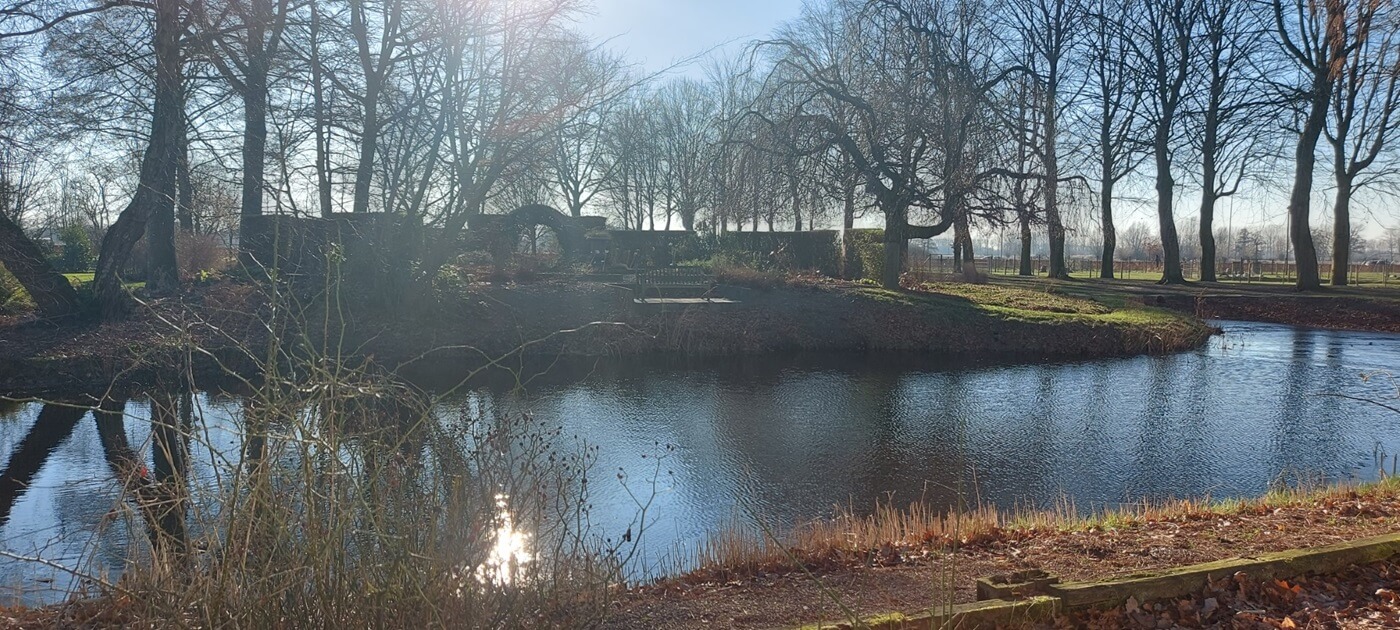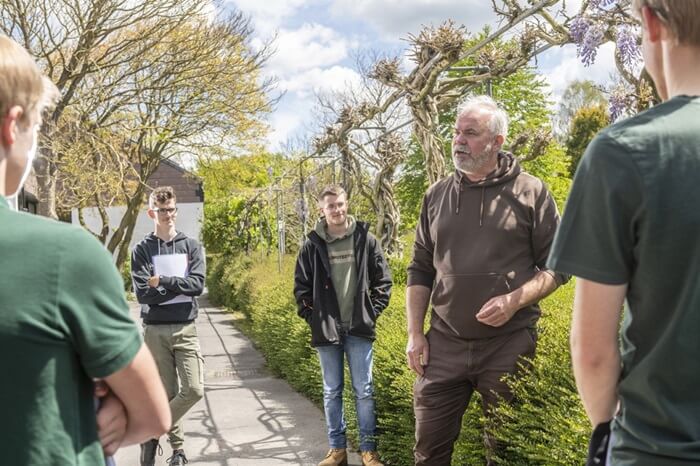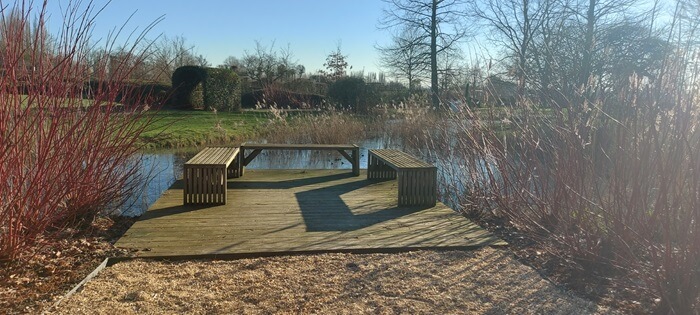
Digitizing the Oedelem Agricultural and Horticultural School Garden
Where Agriculture and Nature Management Converge
"We hope to be able to enter our animals into the system in the future."
From Agriculture to Nature Management
Kimara Goethals has been working at the Agriculture and Horticulture School in Oedelem for 10 years, first as a science teacher and now as the director for the past three years. Transferring from a general to a vocational secondary education school, she is impressed by the students' efficiency and intrinsic skills. "I've learned a lot of new things here, from knowledge about birds to the love of vegetable gardening," she shares.
LTI Oedelem is nestled in the heart of a beautiful garden, enveloped by lush greenery. "All buildings are single-story, which creates a spacious feeling and a serene atmosphere. You never feel cramped here," Kimara explains.
The school offers a diverse range of courses, from agriculture and biotechnological sciences to landscaping and nature and green techniques. "At our school, knowledge from different disciplines can reinforce each other. We teach all students to interact thoughtfully with ecosystems. For example, as part of the European Beespoke project, we grow native seeds that we then sell to local farmers through the province of West Flanders to sow their roadsides more sustainably. This is a beautiful example of how agriculture and nature can come together," Kimara elaborates.


Enhancing Student Learning
Kimara aims to map all the trees, plants, and flowers in the school garden more clearly via Plantsoon. They plan to open the garden to parents and the wider public. "Currently, we only have plastic cards with names, but there's no systematic approach. Students cannot easily access additional information. I dream of a system where students can use QR codes to access detailed information about each plant or tree, instantly learning about its location preferences, such as sun or shade, soil choice, and grouping with other species. Visitors to our flower picking garden can also check which flowers are ready to pick via the webshop," Kimara envisions.
This digitization will also significantly impact maintenance. With a clear view of the gardens, monitoring will be more efficient. "We also hope to extend this system to our animals in the future, tracking details like the number of eggs laid by chickens, newborn lambs, and medication schedules for goats," Kimara adds, emphasizing that digitization is the way forward for these activities.
Initially, the students will produce the plant signs with QR codes themselves, allowing the school to spread the costs. The QR codes will guide visitors and provide additional information about the more than 600 plant species on the premises. "This way, everyone can appreciate the work of our young people," Kimara concludes.
